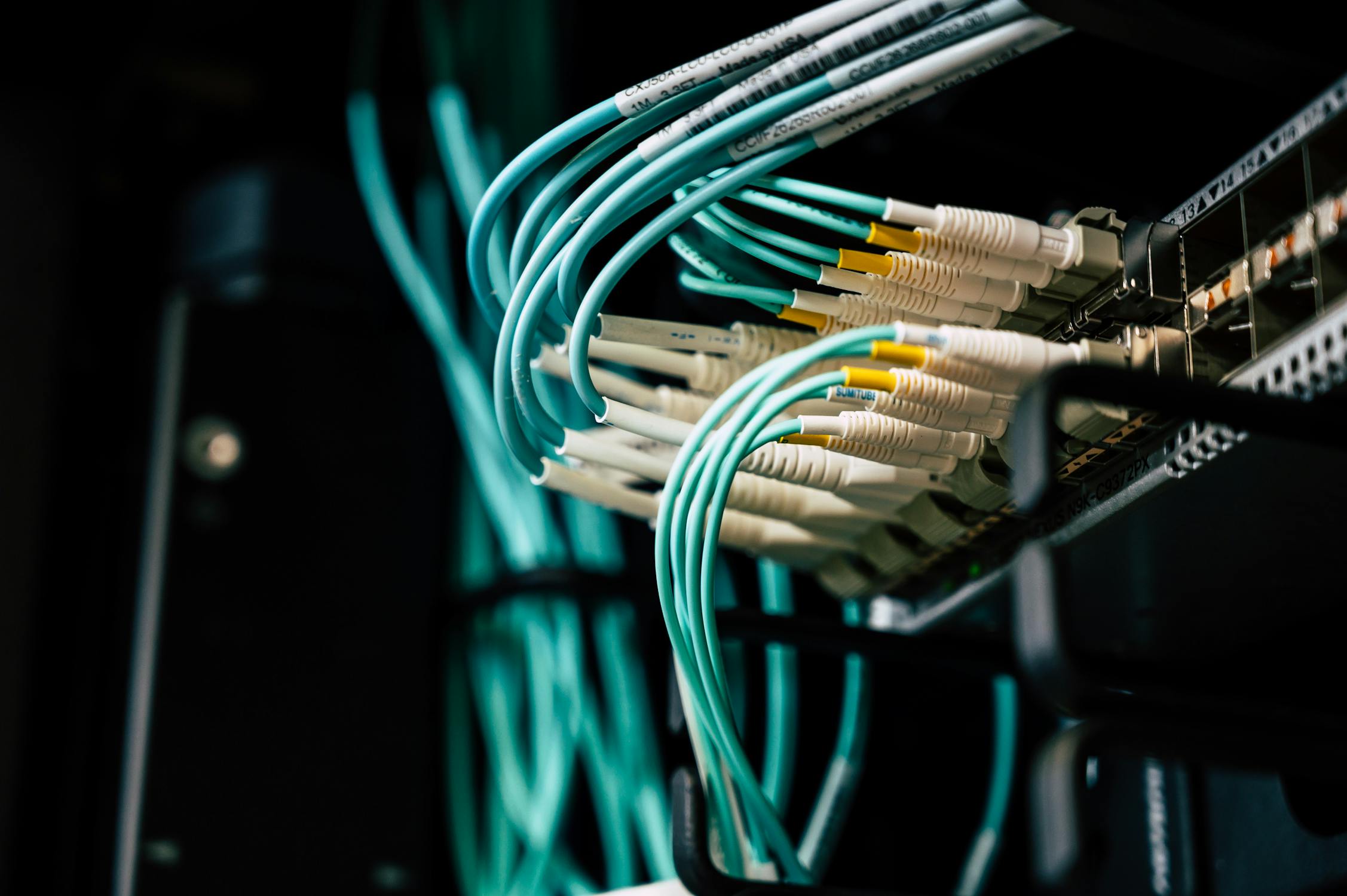Building My UniFi Homelab: A Technical Deep Dive
11/23/2024
A technical deep-dive into my homelab network built on UniFi enterprise equipment
Written by: Jonathan Haas

After years of experimenting with various networking setups in my homelab, I’ve finally built out what I consider to be my ideal configuration. This post details the technical aspects of my current build, focusing on the architecture decisions, challenges encountered, and lessons learned along the way.
Core Architecture
Network Controller & Gateway
The Dream Machine Pro Max serves as my core network controller and gateway. While it might seem excessive for home use, my requirements justified the choice:
- Running multiple isolated VLANs for IoT, lab environment, and production services
- Supporting container-based services with high throughput requirements
- Managing multiple site-to-site VPNs for remote access
- Handling IPS/IDS for network security monitoring
- Supporting redundant storage for security footage retention
The ability to handle 10G throughput became essential when I started running distributed storage systems and container orchestration across my lab environment.
Network Segmentation
My current VLAN structure:
VLAN 10: Management (network devices, controllers)
VLAN 20: Lab Environment (kubernetes, storage clusters)
VLAN 30: IoT Devices
VLAN 40: Media Streaming
VLAN 50: Guest Network
VLAN 60: Security SystemsEach VLAN has specific firewall rules and traffic policies to maintain security while allowing necessary inter-VLAN routing.
Physical Infrastructure
The network backbone consists of:
- Layer 3 Pro Max 24 PoE switch handling inter-VLAN routing
- U7 Pro Max AP for high-density wireless coverage
- Redundant power supplies for critical infrastructure
- 10G fiber interconnects between core components
The PoE budget becomes crucial when you’re running:
- Multiple security cameras with continuous recording
- Environmental sensors
- Access points
- IP phones
- Various IoT controllers
Storage Architecture
The storage system is built around:
- UNVR with 4x 16TB drives in RAID 10
- Dedicated NAS for lab environment backups
- Edge caching for frequently accessed content
Current storage allocation:
- 30% Security footage (with 30-day retention)
- 40% Lab environment (VMs, containers, test data)
- 20% Media storage
- 10% System backups
Network Services
Currently running these core services:
-
Network Monitoring:
- Prometheus for metrics collection
- Grafana for visualization
- Custom alerting via webhook integration
-
Security:
- IPS/IDS with custom rulesets
- Network flow analysis
- Automated threat detection
-
Lab Environment:
- Kubernetes cluster for container orchestration
- CI/CD pipeline for testing
- Development environments
Technical Challenges & Solutions
Challenge 1: High-Density WiFi Coverage
- Initial deployment showed dead zones
- Solution: Added mesh networking with wireless uplink
- Result: Consistent coverage with seamless roaming
Challenge 2: Power Management
- Initial PoE budget calculations were insufficient
- Solution: Implemented power scheduling and upgraded PSU
- Result: Stable power delivery with 25% headroom
Challenge 3: Storage I/O
- Network recording created I/O bottlenecks
- Solution: Implemented edge caching and storage tiering
- Result: 70% reduction in main storage I/O
Future Architecture Plans
-
Technical Improvements:
- Implementing BGP for more robust routing
- Adding redundant internet connections
- Expanding kubernetes cluster
-
Infrastructure Expansion:
- Additional compute nodes for lab environment
- Enhanced monitoring and logging
- Automated failover systems
Technical Insights
-
Network Architecture:
- Start with proper VLAN segmentation
- Plan your IP space carefully
- Document all custom firewall rules
-
Storage Planning:
- Calculate IOPS requirements beforehand
- Plan for backup storage
- Consider future expansion
-
Infrastructure Management:
- Implement configuration management
- Set up automated monitoring
- Maintain thorough documentation
This setup has evolved into a robust platform for both learning and practical use. While it may be more complex than a typical home network, it provides an excellent environment for experimenting with enterprise-grade networking concepts and running a productive homelab, all while maintaining a high level of security and performance — making it well worth the investment.